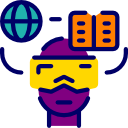
Enhancing Language Acquisition with Virtual Reality in English
Virtual reality is revolutionizing the landscape of language acquisition, providing immersive and interactive environments that foster natural language learning. By simulating real-world scenarios and facilitating genuine communication, VR has emerged as a powerful tool to support learners in mastering English. This page explores how VR is transforming language education, focusing on its benefits, applications, and future potential in teaching and learning English.
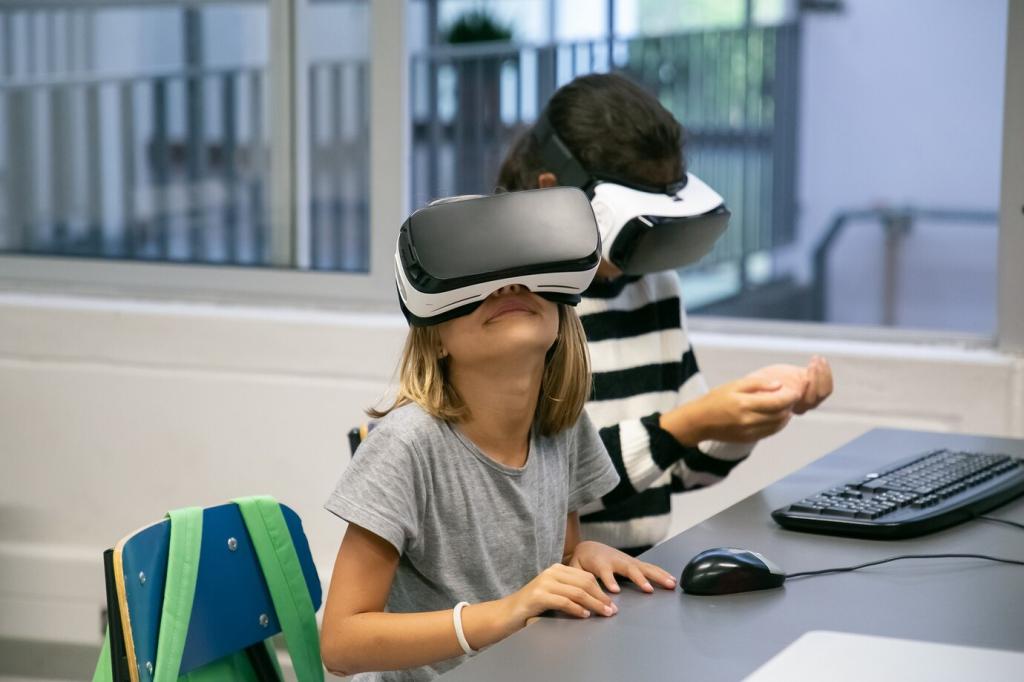
Cognitive Benefits
VR immerses learners in realistic contexts, stimulating multiple senses and helping the brain form strong associations between words, meanings, and situations. This mimicry of natural language exposure accelerates comprehension, recall, and fluency. Research in neuropsychology confirms that such immersive experiences activate deep learning pathways, ensuring new linguistic information is integrated more efficiently and retained longer. The multisensory nature of VR not only aids vocabulary and grammar acquisition but also improves pronunciation and listening skills, as learners engage in authentic dialogues with contextual cues resembling daily communication in English-speaking environments.
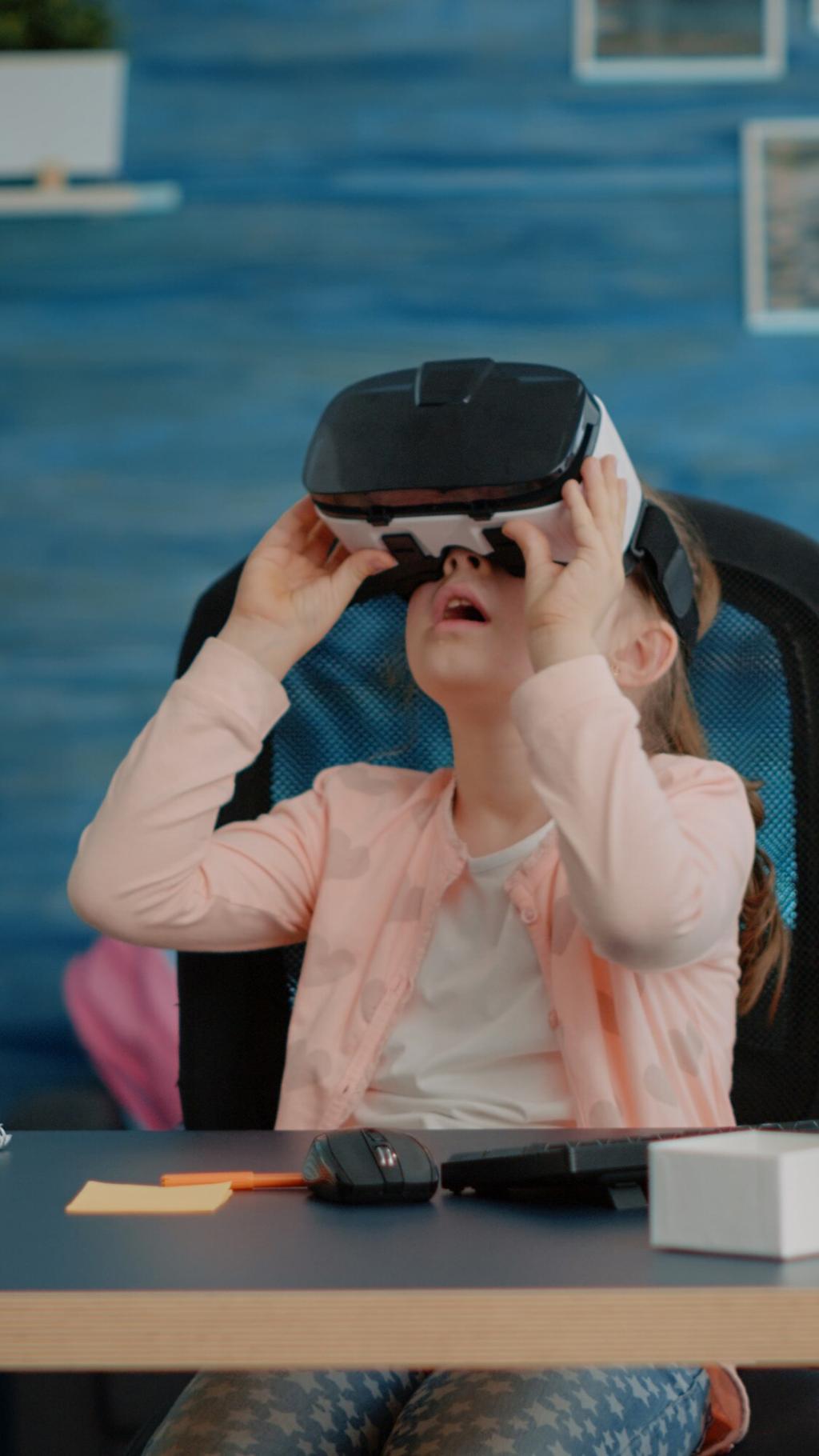
Emotional Engagement
Emotion plays a significant role in learning retention. VR environments evoke genuine emotional responses, from excitement to curiosity, making language learning more memorable and impactful. When learners are emotionally invested, motivation increases and anxiety associated with speaking or making mistakes significantly decreases. In virtual spaces, learners experiment with new vocabulary and grammar without fear of judgment, encouraging risk-taking and natural language use. This heightened engagement is especially valuable for those hesitant to participate in traditional classrooms, helping them build confidence and enthusiasm for English learning.
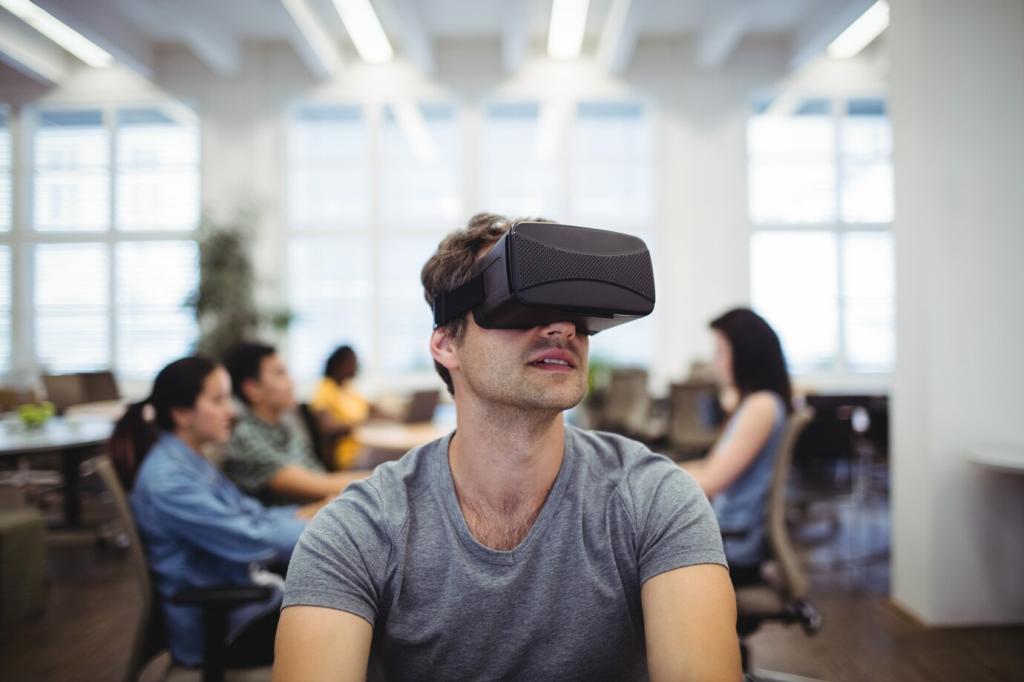
Immersive Contextual Learning
Virtual reality can transport learners to simulated environments such as cafes, airports, job interviews, or social gatherings, replicating the everyday contexts in which English is spoken. This form of experiential learning enables users to integrate vocabulary and conversational structures into genuine interactions. By navigating real-world tasks—ordering food, asking for directions, participating in business meetings—learners see firsthand the relevance of their newfound skills. These simulations grant invaluable, low-risk practice, where real-world mistakes become learning opportunities, greatly accelerating language mastery.
Previous
Next
Breaking Communication Barriers
VR connects learners with native speakers and peers from around the world in immersive environments, making global communication both accessible and safe. These virtual gatherings foster cross-cultural dialogue and provide a continuous stream of authentic, spontaneous language exchanges. Learners can participate in group activities, form study partnerships, or attend virtual events, all while practicing English in real-time. This exposure to diverse accents, expressions, and perspectives deepens language competence and nurtures global citizenship.
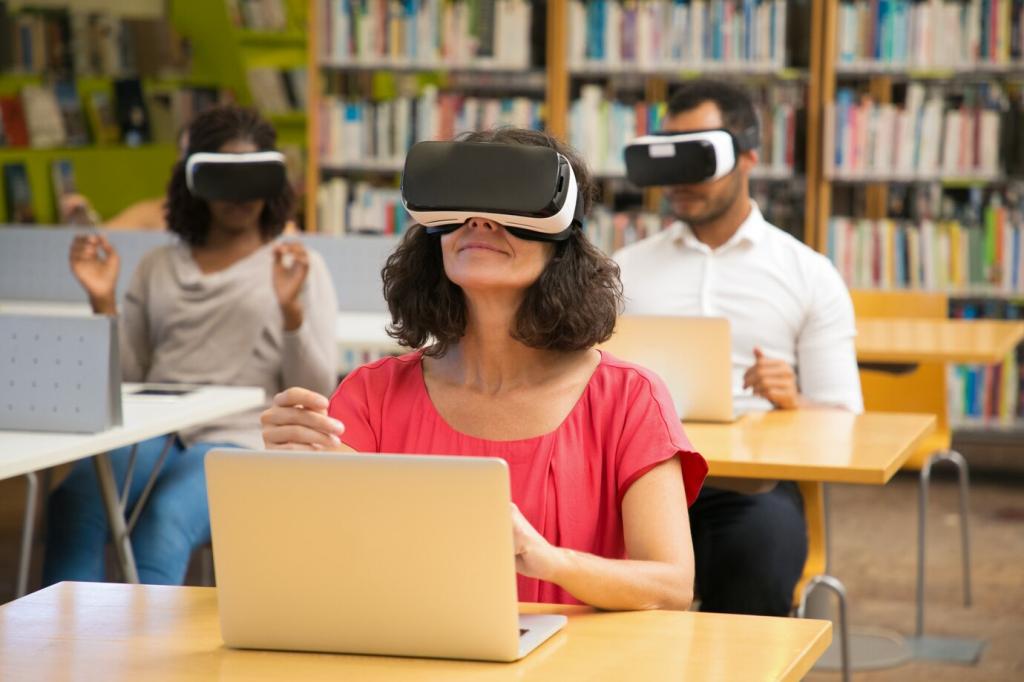
Enhancing Pronunciation and Listening Skills
Dynamic Pronunciation Practice
Pronunciation is often the most challenging aspect of language learning. VR environments offer instant feedback by analyzing learners’ speech and suggesting corrections in real-time. Avatar-based interactions simulate genuine conversations, encouraging learners to mimic native speaker intonation, rhythm, and stress patterns. This immediate, precise guidance accelerates accent reduction and clarity. With ongoing practice in a risk-free setting, learners build natural pronunciation habits, empowering them to communicate effectively in diverse English-speaking contexts.
Active Listening Opportunities
In VR, learners encounter a variety of accents, speech speeds, and colloquial expressions, closely mirroring real-world listening demands. Whether eavesdropping in a busy marketplace or tuning into a virtual classroom discussion, users develop the ability to process English in authentic conditions. This exposure builds robust listening comprehension, enabling users to follow conversations, instructions, and media with ease. Through repeated active listening in realistic environments, learners sharpen their ability to decode and respond to spoken English quickly and confidently.
Contextualized Audio-Visual Cues
One advantage of VR is the seamless integration of visual and auditory information. Learners interpret body language, facial expressions, and environmental sounds alongside spoken language, supporting deeper comprehension. These multimodal cues help users infer meaning, pick up on nuance, and respond appropriately in conversation. The practice of linking audio and visual input fosters stronger understanding and recall of language structures, making comprehension both more effective and more enjoyable.
Gamification and Engagement
VR environments often incorporate points, levels, and achievement badges, motivating learners to complete tasks and achieve milestones. These challenges are designed to scaffold language learning and progressively increase in difficulty, ensuring ongoing development. As learners work to unlock new experiences and rewards, they’re motivated to practice regularly. This gamified structure taps into intrinsic motivation and turns potentially tedious practice into an engaging, goal-oriented adventure, leading to more consistent language improvement.

Teacher Empowerment and Classroom Integration
01
Interactive Lesson Design
Teachers can design and customize VR lessons tailored to curriculum objectives, learning themes, or individualized student needs. This flexibility enhances lesson relevance and ensures alignment with assessment standards. Educators can craft immersive scenarios, track student progress, and adjust activities in real time, providing a level of differentiation unmatched by conventional methods. As a result, teachers can address diverse learning profiles within a single virtual classroom, maximizing each learner’s potential for success in English.
02
Enhanced Assessment Tools
Traditional assessments often fail to capture the complex, dynamic nature of language proficiency. In VR, teachers can observe students’ performance in authentic tasks, such as negotiating, presenting, or problem-solving, providing a more rounded picture of communicative competence. VR platforms collect detailed data on student participation, language use, and growth over time. This data-driven approach helps instructors offer more precise feedback, identify learning gaps, and personalize instruction to accelerate progress.
03
Professional Development Opportunities
Integrating VR into language classrooms equips teachers with cutting-edge pedagogical tools and strategies. Training programs and workshops enable educators to become proficient in VR lesson design, platform navigation, and digital classroom management. These skills not only enhance classroom teaching but also keep teachers at the forefront of educational innovation. As teachers master VR methodologies, they become best-equipped to meet the changing needs of learners and the evolving landscape of English language education.
